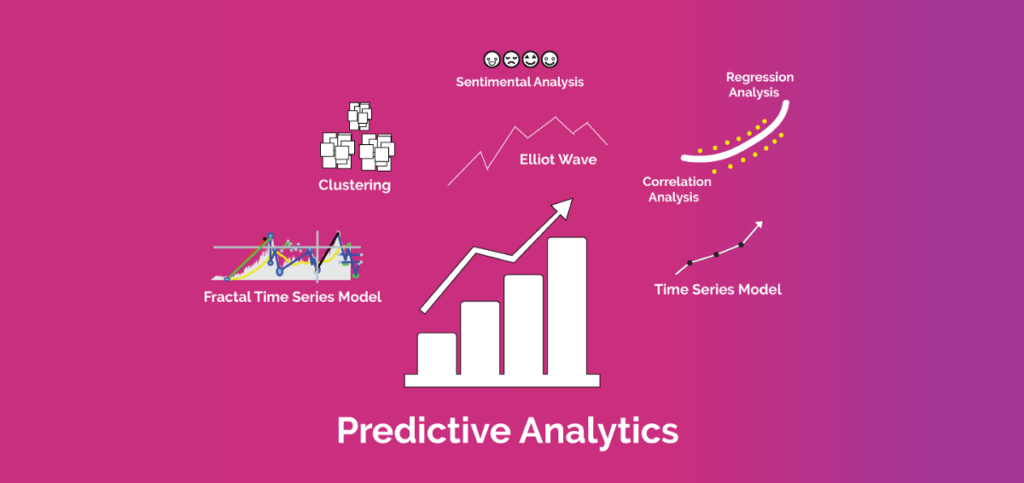
Free eBooks for Beginners
React Native is a popular platform for building mobile applications using JavaScript and React. In this article, we’ll be discussing a crucial aspect of React Native development called “routing”. Routing is a way of navigating between different pages or screens in your app and is an essential part of building a functional and user-friendly app.
So, what exactly is routing in React Native? In its simplest form, routing refers to the process of navigating between different pages or screens in your app. When a user interacts with your app, they may want to move from one page to another to access different features or view different information. Routing makes this process possible by allowing you to define the different pages in your app and the paths between them.
One of the key benefits of using routing in React Native is that it allows you to create a more organized and structured app. By defining the different pages and paths in your app, you can ensure that users can easily navigate between different screens and access the information they need. This can lead to a more positive user experience, as users will be able to find what they’re looking for more easily.
Another benefit of using routing in React Native is that it can help you better manage the flow of your app. By defining the paths between different pages, you can ensure that users can only access certain parts of your app in a specific order, helping you to better control the overall experience.
So, how do you use routing in React Native? To use routing in your React Native app, you’ll need to use a library or package that provides routing functionality. There are several popular routing libraries available for React Native, including React Navigation, React Router, and React Native Router Flux. These libraries provide a set of tools and components that you can use to define the different pages and paths in your app and manage navigation between them.
When using routing in React Native, it’s important to keep in mind that you should only use a single router for your entire app. This will help you to avoid complex and confusing navigation, and it will also make it easier to manage the different routes and pages in your app.
In conclusion, routing is a crucial aspect of React Native development and is an essential part of building a functional and user-friendly app. By using routing to navigate between different pages and screens in your app, you can create a more organized and structured experience that provides a better overall user experience. So why not start incorporating routing into your React Native app today and see the difference it can make?
React Native for Beginners – Chapter 07: Routing
 Loading...
Loading...
Disclaimer: The information and code presented within this recipe/tutorial is only for educational and coaching purposes for beginners and developers. Anyone can practice and apply the recipe/tutorial presented here, but the reader is taking full responsibility for his/her actions. The author (content curator) of this recipe (code / program) has made every effort to ensure the accuracy of the information was correct at time of publication. The author (content curator) does not assume and hereby disclaims any liability to any party for any loss, damage, or disruption caused by errors or omissions, whether such errors or omissions result from accident, negligence, or any other cause. The information presented here could also be found in public knowledge domains.
